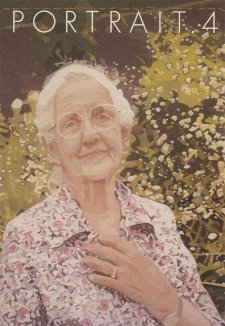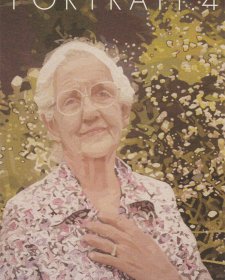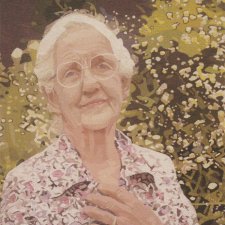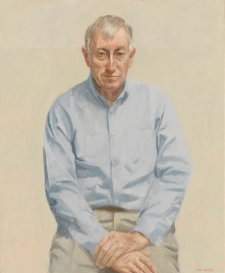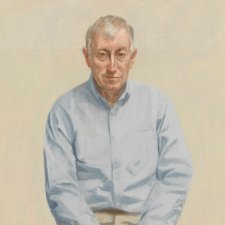Ron Grainer (1922-1981) was a prolific composer who worked in both television and film. Born in Atherton, Queensland he began to learn the violin at the age of 4 and by his early teens was a proficient performer on both the violin and piano. In 1962 he scored Ole Ned which won the Ivor Novello Award and became the theme to the Steptoe and Son series. In 1963 he was commissioned by the then 27-year-old producer Verity Lambert to write the theme music for the new children's science fiction series Doctor Who. Her brief was for something akin to 'the noise of wet fingers on glass'. The result is one of the earliest examples of electronic music and Grainer's theme was still being used 25 years later when the last series was produced. Grainer died at the young age of 58 and is considered the 'unsung hero' amongst film and television composers.
Famous British photographer Lewis Morley (b. 1925), who moved to Australia in the early 1970s, captured Ron in his London house with some treasured items from his antique musical instrument collection. Best known for his provocative 1963 photograph of naked Christine Keeler in an Arne Jacobsen chair, Morley also worked for a number of magazines in Australia including Dolly, POL and Belle.
The image of Ron Grainer is part of an important donation by Lewis Morley to the National Portrait Gallery's collection. Other images donated include Dame Joan Sutherland, Margaret Fulton, Dame Edna, Junie Morosi and Sir James Hardy.

